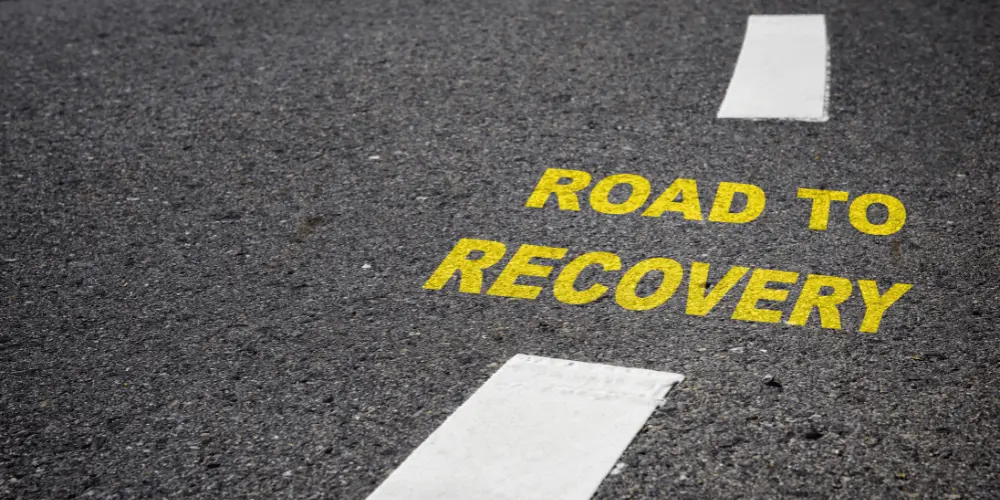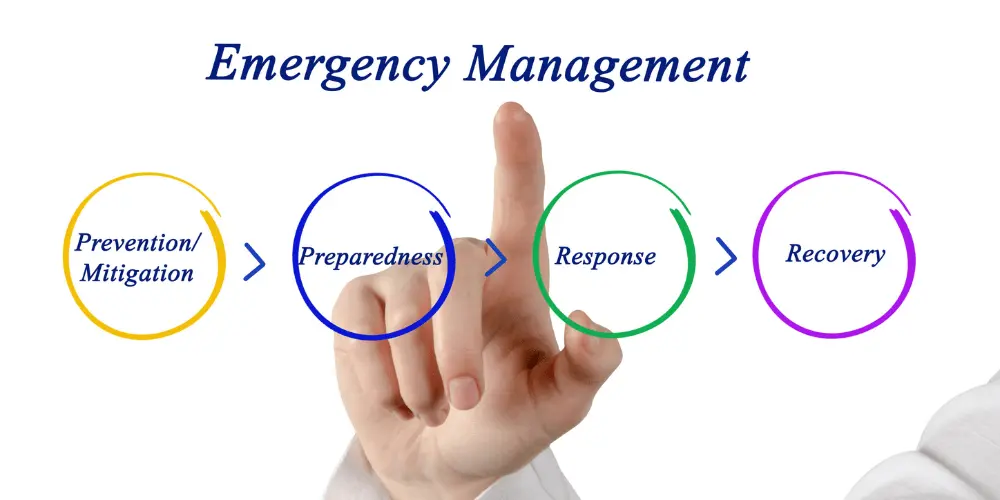
When a hurricane, flood, or wildfire disrupts daily life, many families turn to the Federal Emergency Management Agency, better known as FEMA, for help. But what is FEMA exactly, and how does it support communities after a disaster occurs? FEMA is the government’s lead agency for coordinating disaster relief and recovery across the nation, including U.S. states and territories. It provides financial aid, guidance, and coordination so survivors can begin the process of rebuilding their homes, businesses, and lives.
The Federal Emergency Management Agency was created to bring together multiple emergency programs under one roof. It works closely with state and local governments, tribal nations, and territorial governments. FEMA’s goal is simple: protect people, property, and communities when a disaster strikes. From sending emergency personnel to coordinating debris removal, the agency ensures resources are in place for immediate response and long-term recovery.
When a disaster occurs and is officially declared, FEMA offers a wide range of disaster assistance programs. These include:
For a deeper look at each type of assistance, see our FEMA Disaster Relief: Understanding the Different Types of Aid.
FEMA will always send an official letter to applicants explaining whether aid has been approved. If more information is needed, the letter will outline what documents you must submit. Survivors are encouraged to carefully review these letters so they do not miss important deadlines.
Disaster recovery is more than just short-term shelter or food. FEMA provides funds and guidance to help families recover for the long haul. Survivors may be eligible for grants to rebuild their homes, replace lost belongings, or receive counseling. Businesses may apply for low-interest disaster loans through the Small Business Administration (SBA.gov), which can cover both physical damage and economic losses.
For homeowners, knowing where to turn is key. You can read more in our guide, What is Disaster Recovery? A Guide for Homeowners, to understand how recovery programs work and how to prepare financially for the unexpected.
Disaster relief means providing immediate supplies and services right after an event. FEMA often partners with the American Red Cross and other nonprofits to deliver food, water, and temporary shelter. It may also fund debris removal, clearing blocked roads so emergency personnel and supplies can reach affected areas quickly. Relief is the first step, followed by public assistance and long-term recovery.
FEMA’s public assistance program provides money to state and local governments so they can rebuild schools, repair bridges, and restore critical services like hospitals or water systems. Local communities also receive help for debris removal and emergency protective measures. Without FEMA’s public assistance, many counties would struggle to afford the high costs of recovery after major disasters.

When FEMA and the federal government declare a disaster area, it unlocks funding, disaster assistance, and public assistance programs that are not available otherwise. These declarations allow affected counties and territories to access grants, low interest disaster loans, and debris removal services.
To qualify, local governments must formally address the scope of the damage, documenting how property, businesses, and communities were affected by the storm or flood. This process helps agencies determine the right mix of relief, from immediate supplies to long-term recovery funding.
For families living in a declared disaster area, knowing where to send your application and how to address questions on your FEMA letter can make the difference between delayed and timely help. Always respond quickly and keep copies of any paperwork, since documentation is often required to appeal or request additional resources.
You can also review our Checking Your FEMA Disaster Application Status: Step-by-Step Guide for detailed instructions on monitoring your case and making sure no paperwork or deadlines are missed.
Emergency management is the system of planning, preparing, responding, and recovering from emergencies. FEMA is the coordinating body, but it relies heavily on local governments, state agencies, and private partners to put plans into action. Families are urged to develop their own preparedness strategies. Ready.gov offers clear steps on how to prepare for emergencies, including creating a communication plan, packing supplies, and practicing situational awareness.
The emergency management agency FEMA operates under the Department of Homeland Security. It directs federal support when disasters overwhelm local and state resources. FEMA also provides training for emergency personnel, ensuring first responders know how to operate effectively in crisis situations. By blending federal, state, and community resources, FEMA makes sure no region faces catastrophe alone.
Private non profits play a major part in disaster response. Organizations like the Salvation Army and local churches often provide meals, clothing, and emotional support. FEMA works with these groups under formal agreements so survivors get access to both government and community resources. While FEMA supplies funding and oversight, nonprofits provide the hands-on care that keeps communities together.
One of FEMA’s most visible jobs is supporting debris removal. After severe storms, hurricanes, or floods, downed trees and damaged buildings can block critical roads. FEMA funds cleanup operations so emergency vehicles, supply trucks, and citizens can move freely again. Debris removal is not just about convenience, it is about safety and ensuring that property and infrastructure can be restored quickly.
While FEMA responds to a wide range of emergencies, natural events like floods, hurricanes, and severe storms account for much of its workload. Man made disasters also fall under its scope, but natural disasters usually affect more property and require wider assistance. FEMA emphasizes preparedness, urging citizens to pay attention to local warnings and stay ready for both common storms and rare catastrophes.
The federal government’s response is activated when the President declares a major disaster. This declaration allows FEMA to release funding, coordinate with state and territorial governments, and provide aid to disaster survivors. Without a federal government’s response, many counties and communities would lack the resources to recover. By law, federal aid is meant to supplement, not replace, state and local efforts.
Federal support comes in many forms, from grants for rebuilding property to low interest disaster loans for businesses. In rare cases, the nation may face national emergencies that require a broader approach, such as a pandemic or widespread infrastructure failure. FEMA’s flexibility allows it to adjust programs so both individuals and entire communities can sustain themselves during long recovery periods.
When major disasters are declared, counties and territories gain access to public assistance and individual assistance programs. These may include grants for temporary housing, funding for community repairs, and help for medical expenses. FEMA works to ensure that declared disasters are managed fairly and that assistance reaches the American people who need it most.
FEMA stresses the importance of situational awareness for all citizens. Paying attention to local alerts, understanding evacuation routes, and knowing when to seek shelter can save lives. HUD also provides housing recovery guidance that helps families prepare for property loss and displacement. Being ready for emergencies reduces risk and speeds recovery when disaster occurs.
FEMA grants are critical for survivors who do not have enough insurance coverage. These funds may cover rental assistance, property repair, or other necessary expenses. Survivors often receive an official letter explaining how much aid has been approved. Additional financial help may also come from SBA loans, state programs, or local nonprofits. Funding is limited, so it is important to apply quickly when disaster occurs.
Every disaster, whether natural or man made disasters, brings lessons that help communities prepare for the future. FEMA and other agencies share guidance to improve situational awareness so people know how to respond when severe storms, floods, or a hurricane strike. Part of that readiness is communication. During emergencies, you may receive a text message alert from local or state authorities with evacuation routes, shelter locations, or boil-water notices, and those quick updates can save time and reduce risk.
Preparedness also means coordination across counties and territories, with private non profits, businesses, and local leaders working alongside the federal government, state and local governments, and territorial governments. These partners operate programs that provide insurance support, grants to repair property, and supplies like food and medicine. They work to sustain recovery so citizens and the American people can return to work and school faster.
If you receive a FEMA determination letter, read it carefully and follow the steps to appeal if needed. The letter will explain what was approved, what was denied, and how to request more review. Acting quickly helps you keep access to funding and relief that can cover health costs, replace supplies, or repair damaged property.
For ongoing preparedness, rely on official gov sources for plain-language checklists and alerts from emergency personnel. By treating preparedness as an ongoing process, communities can support affected households, strengthen programs, and make sure that when the next disaster occurs, the nation is better able to respond and recover.
FEMA is not the only option when disaster strikes. Communities also depend on local governments, nonprofits, and personal preparedness. By understanding FEMA’s role, citizens can better navigate the process of seeking aid, disputing claims, and using grants effectively.
If you are struggling to recover from disaster-related financial strain, Credit.org’s Disaster Recovery Counseling can help. Our counselors guide families through the FEMA process, explain how to request assistance, and provide long-term budgeting advice so you can rebuild with confidence.